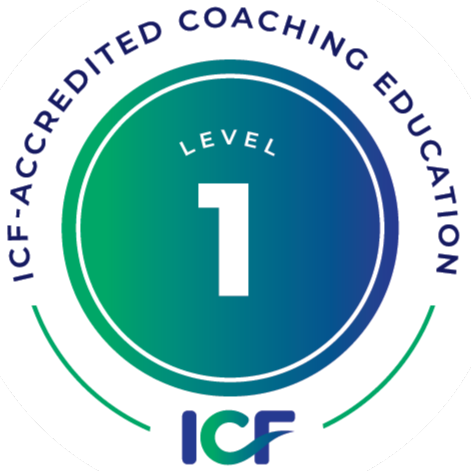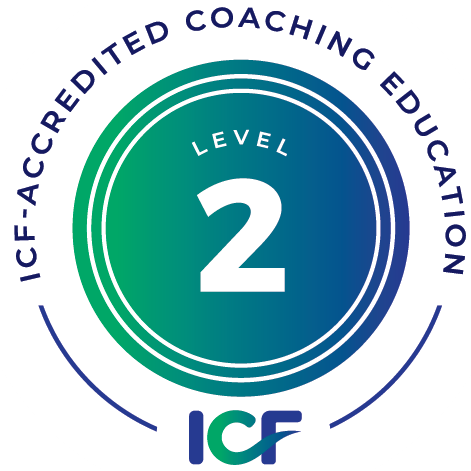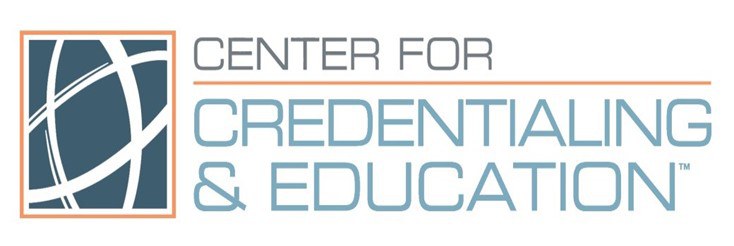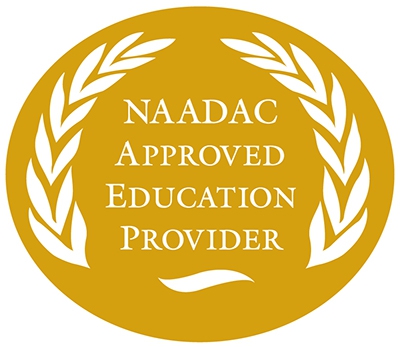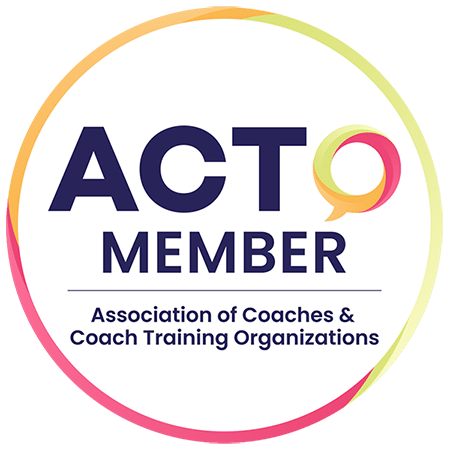
Master Coach and founder of the Institute of Life Coaching, Pat Williams was never satisfied with the clinical model for psychotherapy. At a recent presentation in Australia with the International Association for Coaching Psychology, Pat told the story of his first psychology class in the University of Kansas.
“I took a class on the Psychology of Satisfaction, and it changed my life. The class addressed the human aspects of psychology and what helps people experience joy and satisfaction.”
From this early exposure to how psychology studies can add value and enjoyment to life, Pat’s career as an industry-leading life coach was a natural evolution.
When describing life coaching, Pat uses a metaphor that the life coaching relationship is like a dance. It starts with an introduction and moves into increasing levels of trust and intimacy. At the first meeting, the coach usually “leads” and helps the potential client to learn the basics, to practice a few life coaching steps. Some distance between partners is common as the dance begins. The coach works to establish the ingredients and principles necessary for a successful relationship.
As the dance continues and intimacy increases, the client takes the lead, and the dance can take many forms. Sometimes it is a waltz, slow and clearly delineated. At other times, the coaching relationship feels more like a tango with staccato steps and a fast beat. Perhaps it is a rock and roll with loud background music and a driving beat that moves both coach and client forward. Whatever the dance, once the relationship is established, the coach should let the client lead. The client picks the music, sets the tempo, and initiates the steps. The life coach helps them stay on the dance floor and encourage their exploration of new steps. This dance relationship can go on for years, sustained by a client’s commitment to seek the life of their dreams and the coach’s commitment to help them achieve it. Over time this relationship grows and deepens as the two dancers move masterfully into the future.
Just as the language of counseling became commonplace through the usage of counselors, so the language of coaching is moving through our profession into the lexicon of the general public. As more is written about coaching in general, and life coaching in particular, multiple models and structures are evolving to describe the coaching relationship. The language is important so that both the coaches and their clients can dialogue about their relationship to each other, and to their respective peers. The following terms are significant components of a successful life coaching relationship:
- The focus is whole life.
- The environment is a safe place for client growth.
- The truth is always told.
- There is a reserved space, just for the client.
- The possibilities are limitless.
- The relationship is soulful.
There are so many people inventing and using new phrases, and ideas are so openly exchanged that it is almost impossible to determine who said what first. The purpose of this list isn’t to claim ownership of the ideas. Instead as a coach, we help our clients embrace these holistic ideas as they lead the dance toward its graceful conclusion.

Dr. Patrick Williams, Ed.D.,MCC, is the Founder and Director of Training of The Institute for Life Coach Training. He brings with him a wide variety of training in psychology and professional experiences, as well as training as a Coach. His personal approach is eclectic, drawn from his graduate education, life experiences and other professional training.
